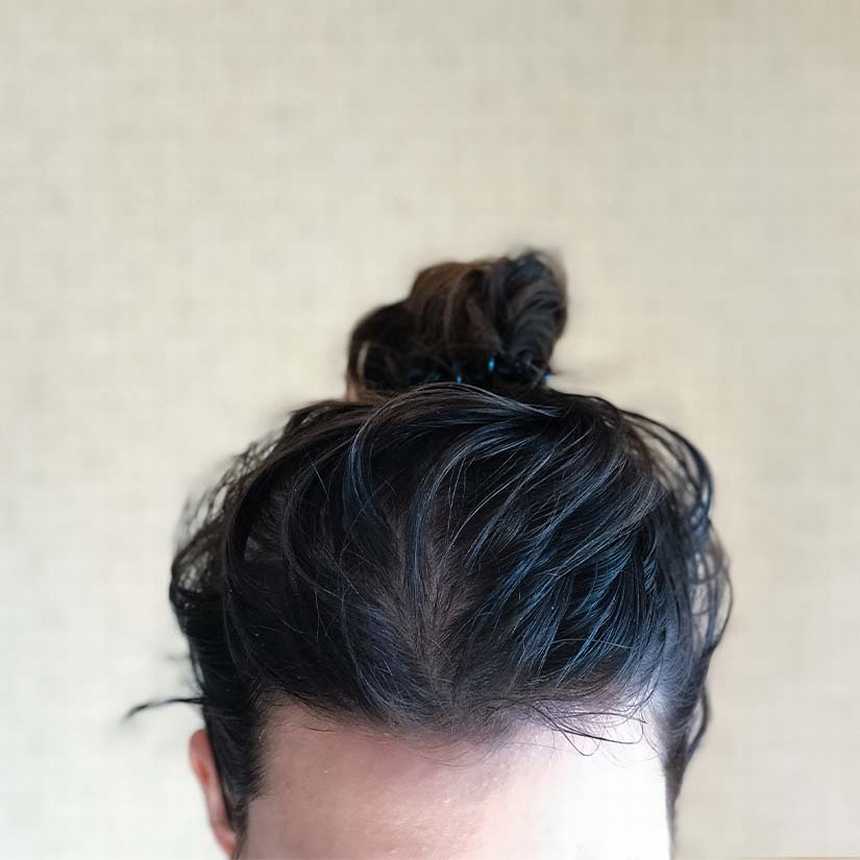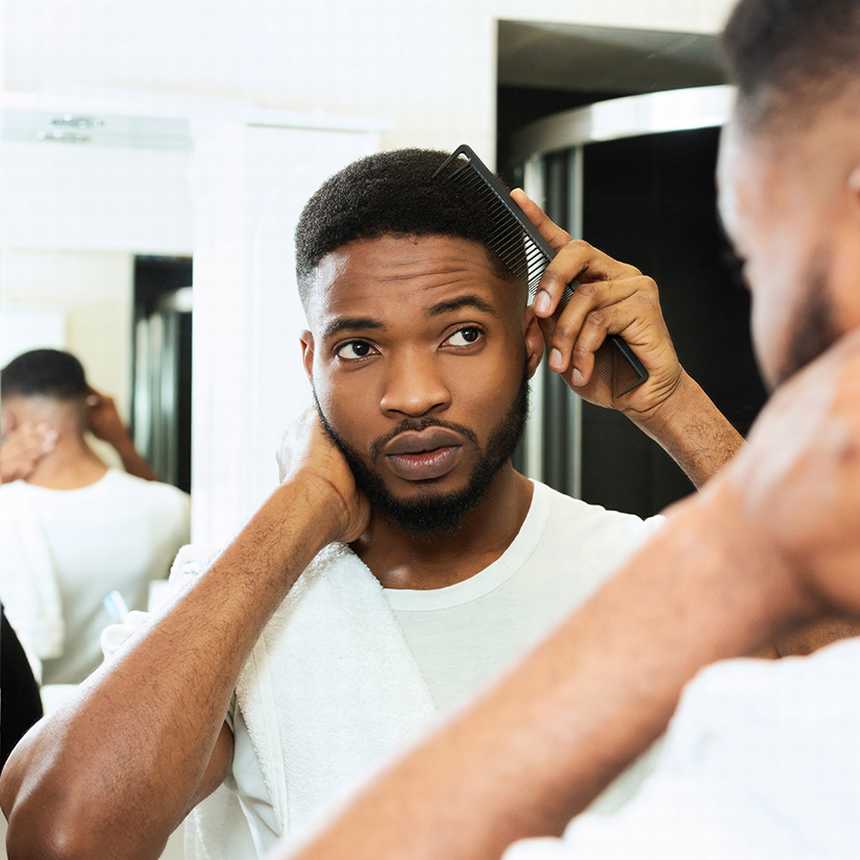What to Know About Sebum on Your Hair and Scalp

Chances are, if you’ve ever dealt with sweaty, greasy, or oily hair, you’ve heard the term sebum being tossed around in reference to your strands. But what is sebum—and is it a good or bad thing? Maybe you know more about sebum in relation to your skin, but it turns out this term is extremely relevant to your hair anatomy, too. Ready for the 4-1-1 on sebum on your hair and scalp? Below, we’re sharing everything you need to know about sebum, including how you can manage excess sebum on your scalp and hair.
WHAT IS SEBUM?
First thing’s first—what exactly is sebum? Well, per the Cleveland Clinic, sebum is oil produced by sebaceous or oil glands. These oil glands are located on your scalp, and they produce oil to hydrate your hair just as the oil glands on other areas of skin do for the rest of your body.
WHY IS SEBUM IMPORTANT?
We touched on this, but let’s dive a little deeper. You wouldn’t want dry, brittle hair, would you? Of course not! Well, hair sebum is necessary for keeping your strands healthy and moisturized. Which brings us to…
IS SEBUM BAD FOR YOUR HAIR?
No! Sebum is a good thing. That being said, excess sebum production can result in that oily, greasy-haired look you dread. The key is to properly manage sebum on your scalp and hair so you can reap the benefits without falling victim to an oily mane. Wondering how? We’ve got you covered.
HOW TO MANAGE SEBUM ON YOUR SCALP AND HAIR
Let’s waste no time! Below, we’re sharing seven tips for managing sebum on your scalp and hair so you can put your most beautiful, healthy mane forward.
TIP #1: USE THE RIGHT HAIR CARE SYSTEM
If you notice you’re dealing with oily hair on the reg, your oil glands likely produce more sebum than your strands need. To manage sebum production, you’ll need to use a hair care system specifically formulated for your oily locks. Our rec? The L’Oréal Paris Elvive Extraordinary Clay Shampoo and L’Oréal Paris Elvive Extraordinary Clay Conditioner. Together, the duo clarifies oily roots while hydrating dry ends, leaving hair looking beautifully fresh and clean from root to tip.
TIP #2: KEEP YOUR HAIR LENGTH IN MIND
Since sebaceous glands are only located on the scalp, sebum needs to travel all the way down each hair strand to moisturize it, according to the Cleveland Clinic. And if you have long hair, it can take longer for that oil to make its way down to your ends. Rather than washing away oily roots at first sight and preventing your ends from benefiting from sebum, if you have longer strands, use a dry shampoo to absorb excess oil that may not have yet had the chance to do its job.
TIP #3: AND YOUR HAIR TEXTURE
Not only does your hair length play a role in managing sebum production, but your hair texture does as well. Per the Cleveland Clinic, those with curly hair require more time between washes than those with straight hair, as the oil needs to travel along corkscrew-shaped strands to moisturize all the way to the ends.
TIP #4: USE LUKEWARM WATER
The temperature of your shower is another factor to keep in mind. While you may enjoy a steamy hot shower, hot water can actually strip your hair of its natural oils, resulting in dry strands. Instead, use lukewarm water to allow your sebum to do its thing.
TIP #5: CONSIDER YOUR AGE
Sure, age is just a number, but it does play a role in how much sebum your oil glands produce. Younger people typically have oil glands that are more active, according to the Cleveland Clinic, since their hormone levels are higher. After menopause, women generally experience less oil production.
TIP #6: USE A SCALP SCRUB
Excess sebum can build up on your scalp over time, which is where a scalp scrub comes into play. The L’Oréal Paris EverFresh Micro-Exfoliating Scrub gently removes impurities, flakes, and buildup from dirt and excess oils that can cause hair to be weighed down, promoting a healthy-looking scalp. Apply it to wet hair before using your shampoo and conditioner, making sure to rinse thoroughly.
TIP #7: BRUSH YOUR HAIR
While you may not want to brush your hair one hundred strokes per day, we do recommend brushing it regularly. This is because brushing your hair can help distribute sebum down the length of your hair, rather than waiting for it to travel down your strands on its own.
Next up: Let’s talk about oil production on your skin. Here are 9 Reasons You Might Have Oily Skin.


